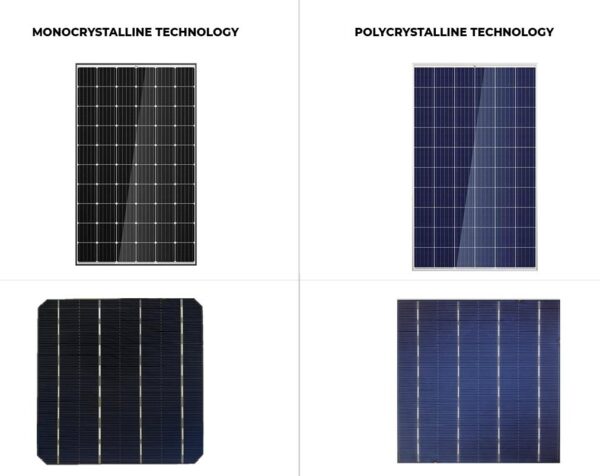The efficiency of polycrystalline solar panels is somewhat lower but the benefit for customers is that this option is more affordable.
Solar panel area per kw monocrystalline polycrystalline.
Mission solar 315w solar panel.
As solar technology and manufacturing has improved the price difference between polycrystalline and monocrystalline panels has shrunk.
If we take california as an example the map shows that on average 1 kw of dc peak capacity of solar panels produces 4 5 kwh per day or 1642 kwh per year.
Astronergy 285w solar panel.
225 315w 71 cents watt.
This makes monocrystalline solar panels suitable for places where there is a space crunch and more power per unit area is required from the panel.
Polycrystalline solar panels generally have lower efficiencies than monocrystalline options but their advantage is a lower price point.
Going with mission solar would mean fewer panels in your array but the overall system will cost more due to the higher cost per watt on the panels.
In addition when you seek polycrystalline solar panels for sale the sellers may highlight the blue hue of these panels compared to the monocrystalline panels black hue.
Both of these are mono solar panels.
Polycrystalline solar panels are also made from silicon.
155 285w 54 cents watt.
For instance a polycrystalline 100 watt solar panel can give you efficiency at the rate of 17 maximum while its monocrystalline counterpart at the same rating can deliver up to 19.










